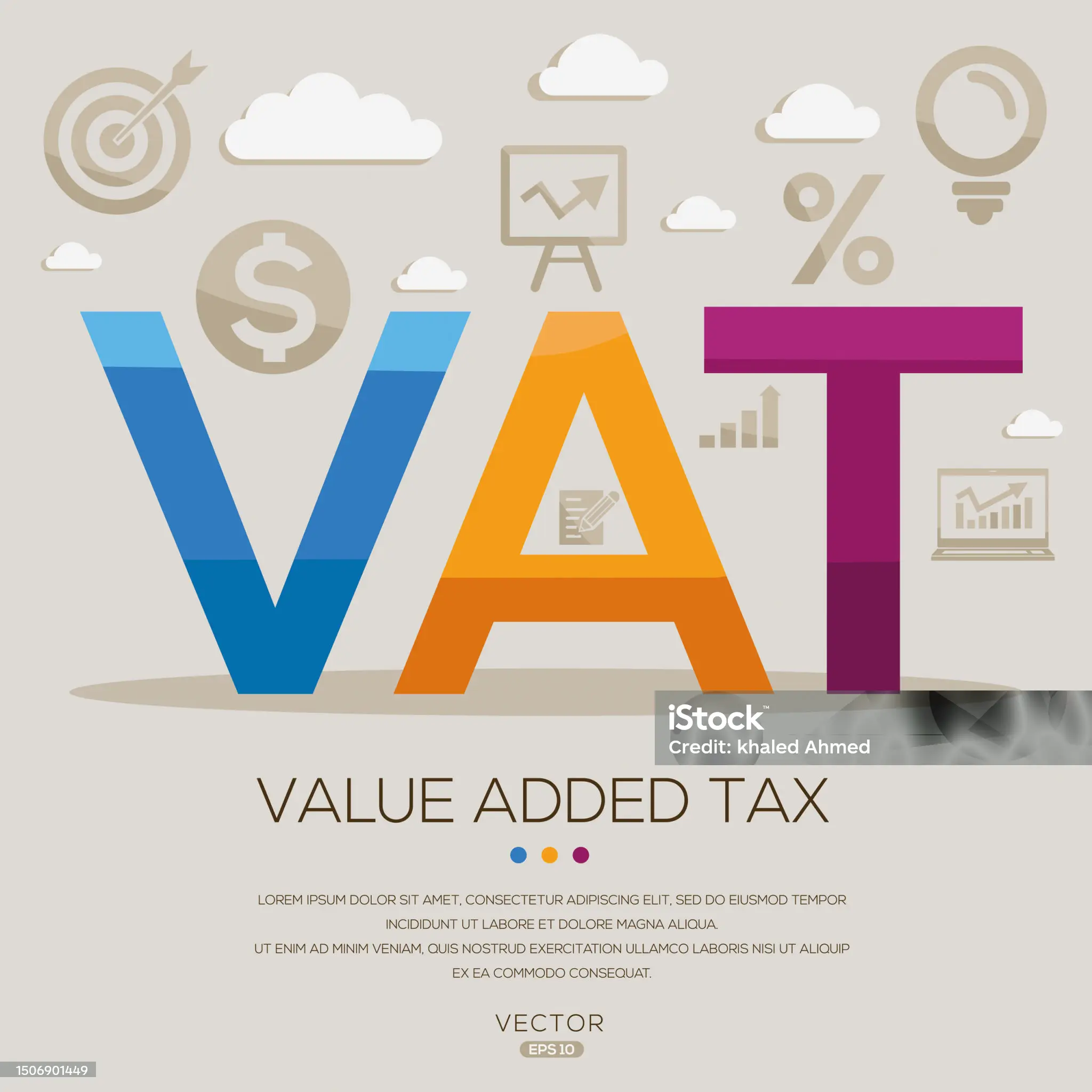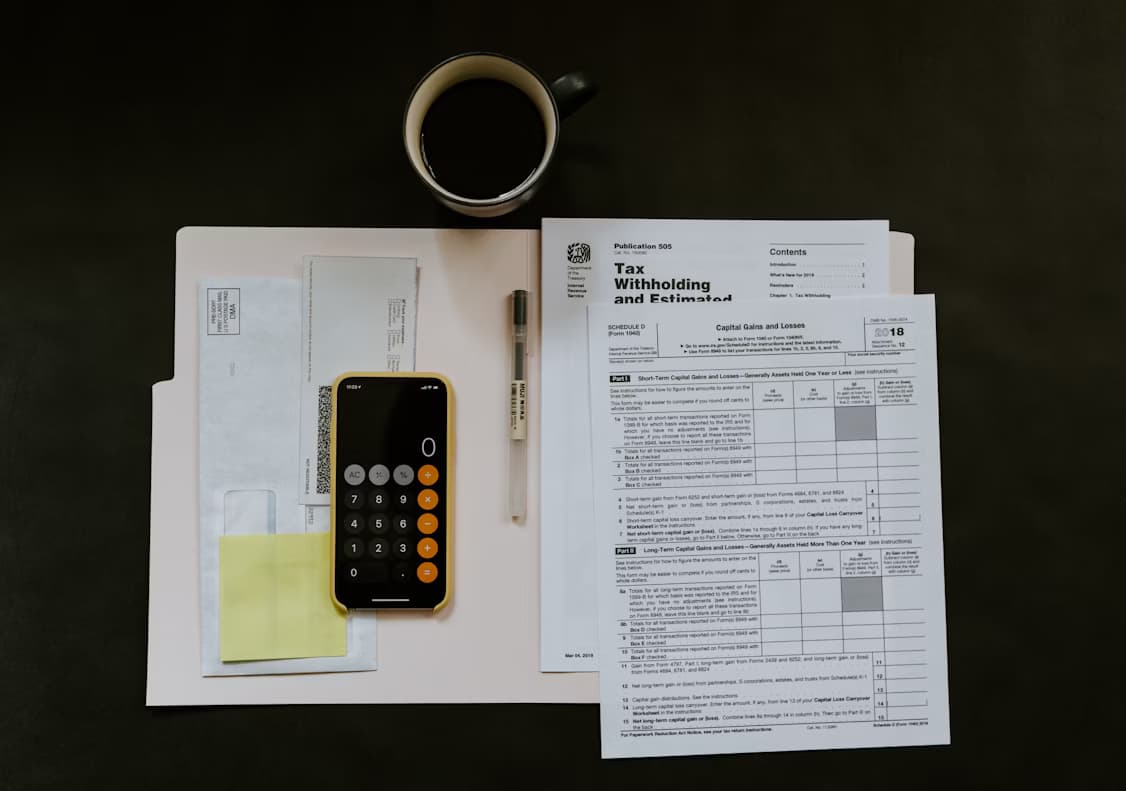VAT: should you declare based on the invoice or on receipt of payment?

Introduction
When you invoice a client, a question quickly arises: should you declare VAT immediately or wait to receive payment? This decision is not trivial. It directly influences your cash flow, your obligations towards the Federal Tax Administration (FTA) and your day-to-day management.
In Switzerland, two methods coexist: the agreed consideration method (also called accrual accounting) and the received consideration method (or cash accounting). The first requires you to declare VAT as soon as the invoice is issued, even if your client has not yet paid. The second allows you to wait for actual receipt of payment before declaring VAT.
For many self-employed individuals and SMEs, this distinction remains unclear. Yet, choosing the wrong method can create cash flow tensions or unnecessarily complicate your accounting. Some businesses even have to juggle both methods depending on their activities.
This guide explains concretely the differences between these two approaches, their advantages and disadvantages, and how to determine which one best corresponds to your situation. We will also cover legal obligations regarding VAT and the tools to simplify your administrative management.
📌 Summary (TL;DR)
Switzerland offers two VAT accounting methods: the agreed consideration method (declaration on invoicing) and the received consideration method (declaration on receipt of payment). The first is mandatory for large companies but can create cash flow tensions. The second, reserved for companies with turnover under 5 million CHF, better protects cash flow but requires more administrative rigour.
Your choice depends on your size, your sector of activity and your usual payment terms. Tools like BePaid facilitate VAT tracking regardless of the method chosen.
📚 Table of contents
- The two VAT accounting methods
- Agreed consideration method: declaring VAT as soon as you invoice
- Received consideration method: declaring VAT on receipt of payment
- Which method should you choose for your business?
- Mixed situations and special cases
- Administrative obligations and declaration
- How BePaid facilitates your VAT management
The two VAT accounting methods
In Switzerland, the FTA allows you to choose between two methods to declare your VAT. This decision has a direct impact on your cash flow and administrative management.
The agreed consideration method (accrual accounting): you declare VAT as soon as the invoice is issued, even if the client has not yet paid. Example: you invoice 5,000 CHF on 10 January, you must declare VAT in January.
The received consideration method (cash accounting): you declare VAT only when you receive payment. Same invoice of 5,000 CHF issued in January but paid in March? You declare VAT in March.
These two methods differ from the distinction between effective method and flat rate, which concern the calculation of deductible VAT.
Agreed consideration method: declaring VAT as soon as you invoice
With the agreed consideration method, VAT is due as soon as you issue your invoice, regardless of actual payment.
Concrete example: You invoice 10,000 CHF (8.1% VAT included) on 15 March. Your client pays on 30 April. You must declare 750.70 CHF of VAT in your March return (or 1st quarter if you declare quarterly).
Advantages: Administrative simplicity, standard method accepted by all accounting software, no complex tracking of receipts.
Disadvantages: You pre-finance the VAT. If your client pays with 60 days' delay, you must pay the VAT to the FTA before even receiving the money. Direct impact on your cash flow, especially with long payment terms or unpaid invoices.
Received consideration method: declaring VAT on receipt of payment
The received consideration method allows you to declare VAT only when you actually receive payment.
Eligibility conditions: Your annual turnover must be less than 5 million CHF. Beyond that, the FTA imposes the agreed consideration method.
Same example: Invoice of 10,000 CHF issued on 15 March, paid on 30 April. With this method, you declare the 750.70 CHF of VAT in your April return (or 2nd quarter).
Main advantage: Zero VAT pre-financing. You only pay VAT to the FTA once the money is received. Ideal for preserving your cash flow.
Disadvantages: More complex management if you have many invoices. You must track precisely which invoices have been paid and when to prepare your VAT return.
Which method should you choose for your business?
The choice between VAT on agreed consideration and VAT on received payment depends on several concrete factors related to your activity.
Decision criteria:
Payment terms: If your clients pay at 60-90 days, the cash method preserves your cash flow
Invoice volume: Few invoices? The cash method remains manageable. Dozens per month? Accrual simplifies tracking
Financial situation: Tight cash flow? The cash method avoids pre-financing VAT
Administrative complexity: Are you ready to track each receipt individually?
Comparative table:
Agreed consideration: VAT due on invoicing, simple to manage, pre-financing necessary
Received consideration: VAT due on payment, preserves cash flow, more complex tracking, limited to 5M CHF
Business profiles and recommended method
Freelancers and self-employed: The cash method is generally preferable. You avoid pre-financing VAT, crucial when every franc counts. Particularly suitable if you work with payment terms of 30-60 days.
SMEs with B2B invoicing: If your professional clients pay at 60-90 days, the cash method protects your cash flow. Be careful of volume though: beyond 30-40 monthly invoices, tracking becomes heavy.
Retail with cash payment: If your clients pay immediately (shop, e-commerce with direct payment), the agreed consideration method simplifies your management without impact on cash flow.
Recurring activities: Subscriptions or regular services? The accrual method offers more predictability for your VAT returns.
Mixed situations and special cases
Certain situations require particular attention, regardless of the method chosen.
Deposits and partial payments: Invoice of 15,000 CHF with 30% deposit (4,500 CHF) then balance. With the cash method, you declare VAT on the deposit when received, then on the balance when collected. With the accrual method, all VAT is due as soon as the invoice is issued.
Unpaid invoices: Accrual method: you have already declared and paid the VAT. If the debt becomes irrecoverable, you can request a correction from the FTA. Cash method: no payment received = no VAT declared, problem solved.
Method change: Only possible at the beginning of a new tax period and with FTA approval. No changes during the year.
Administrative obligations and declaration
Your choice of method engages your administrative responsibility towards the FTA.
Initial declaration: You must indicate your chosen method when registering for VAT. This decision must be consistent with your accounting system.
Return frequency: Quarterly for turnover up to 5 million CHF, monthly beyond. The chosen method applies to all your returns for the tax period.
Documentation: Keep all supporting documents: invoices issued, proof of payment received, bank statements. The FTA can check the consistency between your declared method and your documents.
Accounting consistency: Your accounting must reflect the chosen method. To learn more about VAT obligations in Switzerland, consult our complete guide.
How BePaid facilitates your VAT management
BePaid helps you track your VAT effectively, regardless of the method chosen.
Automatic payment tracking: Instantly identify which invoices have been paid and when. Essential if you use the cash method to know which VAT to declare.
VAT management on invoices: Automatic application of correct rates (8.1%, 3.8%, 2.6%), precise calculations, compliant mentions on your QR-invoices.
Accounting exports: Export your data to Excel or your accounting software. Your fiduciary has all the necessary information to prepare your VAT returns.
Bank reconciliation: Automatically match received payments with your issued invoices. Considerable time saving to identify receipts.
Important: BePaid is not an accounting tool and does not generate your VAT returns, but it centralises all the data necessary to prepare them correctly.
The choice between the agreed consideration method and the received consideration method directly influences your cash flow and administrative management. If you invoice significant amounts with long payment terms, the received consideration method prevents you from paying VAT before receiving payment from your clients. Conversely, if your payments arrive quickly, the agreed consideration method simplifies your accounting.
Whatever method you choose, rigorous management of your invoices and payments remains essential to remain compliant with FTA requirements. Precise tracking of your receipts, traceability of your declarations and automation of reminders save you valuable time.
BePaid supports you in this daily management. Our platform allows you to create compliant QR-invoices, track your payments in real time and export your VAT data for your declarations. Try BePaid for free and simplify your VAT management today.


